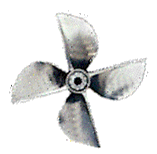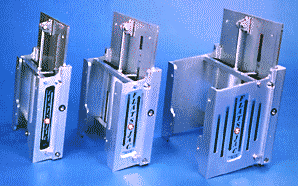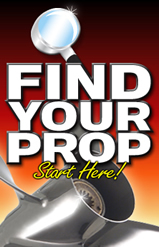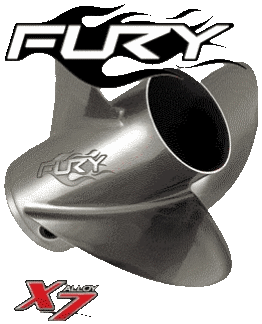THE BIGGER THE PITCH THE BETTER RIGHT? WRONG! TOO MUCH PROP PITCH PUTS TO MUCH LOAD ON THE ENGINE.
An engine needs to be able to reach maximum RPM to be correct throughout the RPM range. Like shifting in 4th gear in your car when you should be in 3rd.
Result: Tuliped intake valves, Plug fouling etc.
- EFFECT OF PROP PITCH ON RPM
- A pitch change can increase to decrease the RPM's and bring RPM's into the recommended range A 2" INCREASE in pitch (For example from a 21pitch to a 23pitch) Typically results in a DECREASE of approximately 300-400 RPM.
- FIRST, DETERMINE MANUFACTURES RECOMMENDED RPM
- Find the manufacture's recommended RPM range in the owner's manual or ask your dealer.
- TEST FOR MAXIMUM RPM
- Using the existing propeller or a new propeller, make test runs to determine the maximum RPM and boat speed. Vary the trim angle for optimum performance.
- RPM HIGHER THAN RECOMMENDED
- If the actual WOT RPM's are ABOVE the recommended RPM range, install the next LARGER pitch propeller to DECREASE your WOT RPM. Re-test the WOT RPM.
- RPM LOWER THAN RECOMMENDED
- If the actual WOT RPM range is BELOW the recommended range, install the next SMALLER pitch propeller to INCREASE your WOT RPM. Re-test the WOT RPM.
When you combine all these factors, you have the information you need to select the correct propeller for maximum performance, safety, and fuel efficiency.







